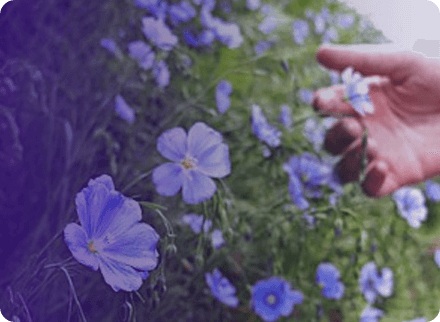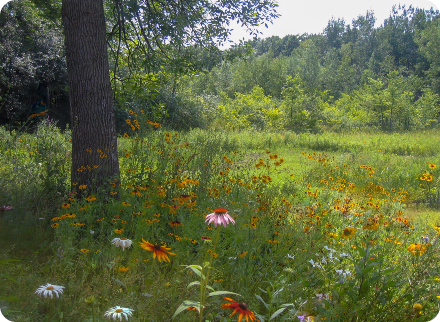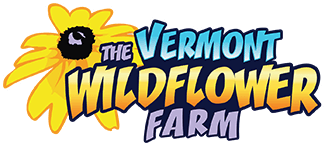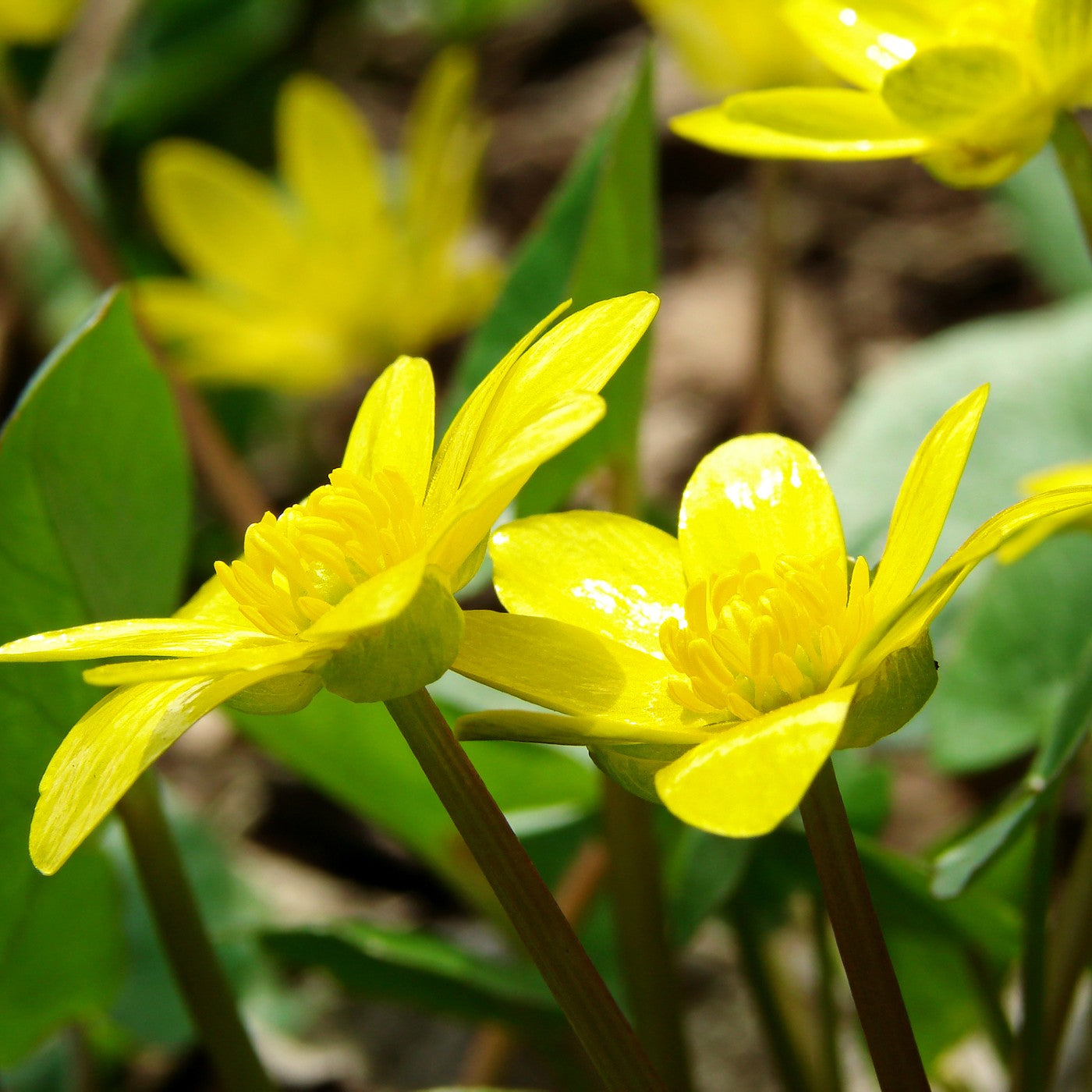Early Buttercup Seeds (Ranunculus fascicularis)
Early Buttercup Seeds (Ranunculus fascicularis)
 Yes!
This Item is Available
Yes!
This Item is Available
 Sorry!
This Item is not Available
Sorry!
This Item is not Available
Couldn't load pickup availability
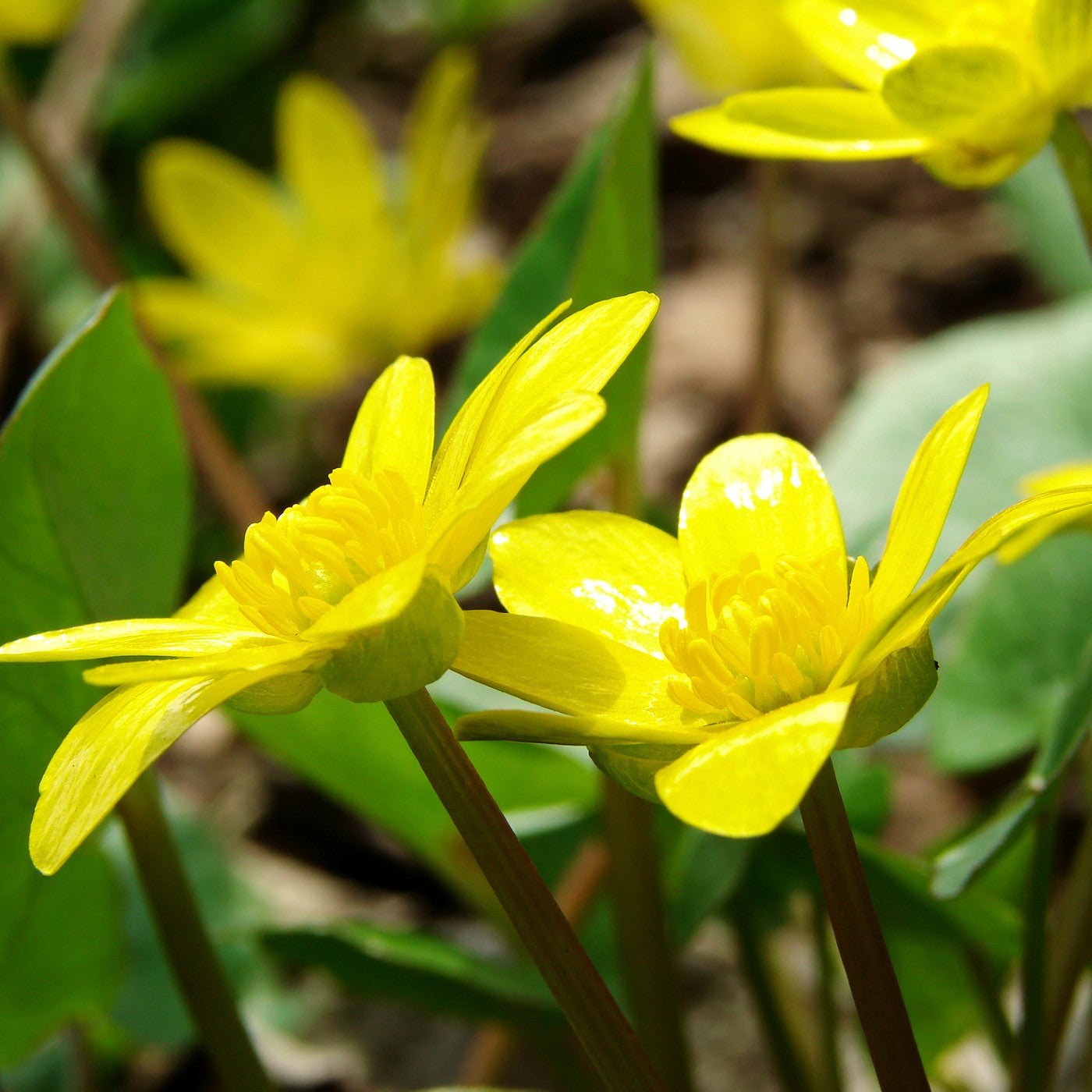
Don't Forget: Free Shipping on All Orders of $39 or More!
EARLY BUTTERCUP - Ranunculus fascicularis - Flowers are showy, on a relatively small plant, its likes rock gardens, open woodlands, by streams or moist beds. Adds a nice bright spot of color in early Spring.
Zones: 3 through 8
Height: Up to 1 ft.
Flower Color: Yellow
Plant Type: Native Perennial
Light Requirement: Sun - Some Partial Shade
Bloom Time: Spring
Seeds per Packet: 20+/-
Is this wildflower invasive: No
Is this wildflower endangered: No
Is this wildflower edible: No
Is this wildflower medicinal: No
Germination Code: 2 - Native wildflowers take time to establish. These are not first year blooming species. This species needs one period of cold stratification.
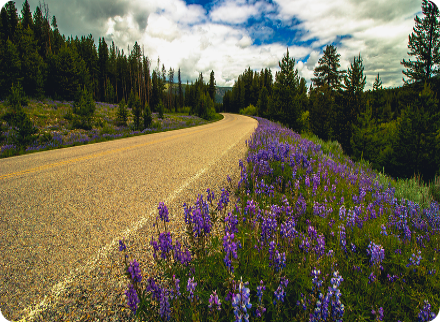
We offer CUSTOM Seed Mixes for All Your Projects!
We've got you COVERED for Landscape
Management, Conservation & More!
